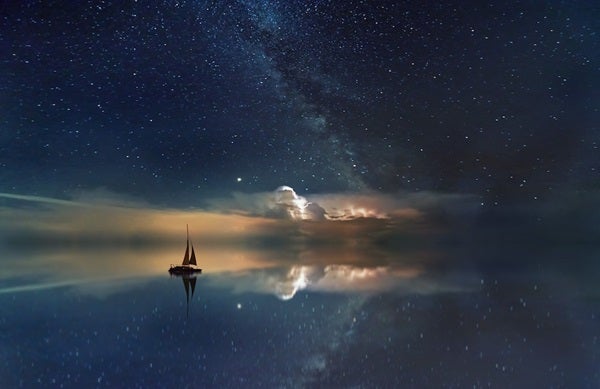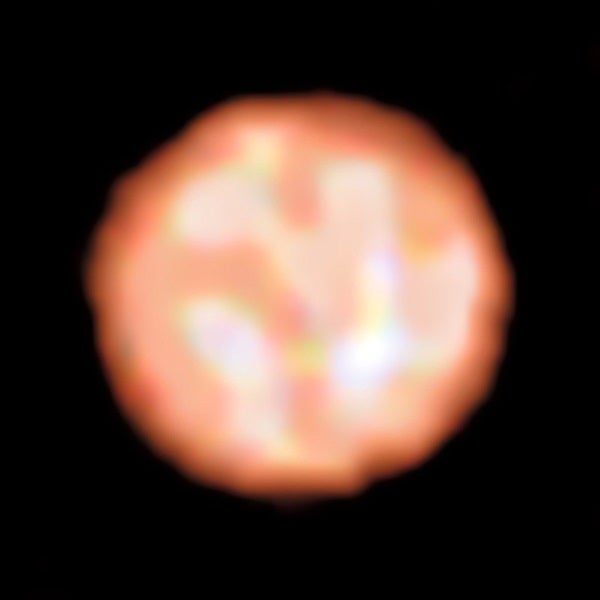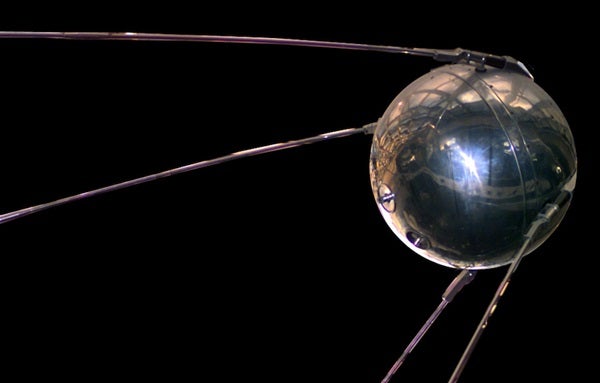The variable star Algol in Perseus reaches minimum brightness this morning at 12:58 a.m. EDT. If you start watching the star once the sky darkens Thursday evening, you can see it dim by 70 percent over the course of about 5 hours. (Astronomers would say its brightness drops from magnitude 2.1 to 3.4.) This eclipsing binary runs through a cycle from minimum to maximum and back every 2.87 days. Algol rises slightly before sunset tonight and appears highest in the sky when it reaches minimum brightness.
Saturday, September 29
Go out around 10 p.m. local time tonight, look toward the northeast, and find the W-shaped asterism that marks the main part of the constellation Cassiopeia the Queen. Then, using binoculars, scan about 10° to the east for the famed Double Cluster (NGC 869 and NGC 884). This pair of open star clusters lies in the constellation Perseus the Hero. From a dark site, they appear as fuzzy patches to the naked eye. Any optics, especially 10-power binoculars, really bring out their glory.
Sunday, September 30
Around 4 a.m. EDT, Aldebaran, the brightest star in the constellation Taurus the Bull, will lie 1.4° south of the Moon. Because Luna doesn’t reach its Last Quarter phase for two more days, it’s still quite bright. When you look toward it and Aldebaran, don’t expect to see many more stars in the area. Astronomers classify Aldebaran as a red giant star, although most observers see it as orange. It has only slightly more mass than the Sun but its diameter is 44 times as large. Our daytime star will go through a similar transformation some 5 billion years from now.
Once it gets dark tonight, locate the two brightest stars in the sky: orange Arcturus (Alpha Boötis), which will lie low in the west, and bluish-white Vega (Alpha Lyrae), which will be nearly overhead. Locate the point three-fifths of the way from Arcturus to Vega, and you’ll spot the Hercules Cluster (M13). From a dark site, sharp-eyed viewers will spot this globular star cluster with their naked eyes. From less-blessed locations, use binoculars to bring this famous object into view.
Tuesday, October 2
Last Quarter Moon occurs at 5:45 a.m. EDT. It rose around 11:30 p.m. local daylight time yesterday evening, which gives North American observers a chance to see it almost precisely half-lit before this morning’s dawn. Earth’s only natural satellite appears among the background stars of western Gemini.
Wednesday, October 3
You might want to take a last look at Jupiter in the evening sky. It remains a conspicuous object 10° high in the southwest an hour after sundown. The gas giant, shining brightly at magnitude –1.8, resides among the background stars of Libra the Scales. If you view the planet through a telescope, its disk spans 32″ and displays stunning cloud-top detail.
Thursday, October 4
Today marks the 61st anniversary of the launch of Sputnik 1 from the Baikonur Cosmodrome by the (then) Soviet Union. Sputnik 1 was our planet’s first artificial satellite. It had a diameter of 23 inches (58 centimeters) and weighed 184 pounds (83.6 kilograms). Using a 1-watt transmitter, it broadcast radio pulses for three weeks until its batteries died. The spacecraft then continued to orbit silently until January 4, 1958, when it reentered Earth’s atmosphere and burned up. Sputnik 1 completed a total of 1,440 orbits.
The Moon reaches perigee, the closest point in its orbit around Earth, at 6:31 p.m. EDT. It then lies 227,665 miles (366,392 kilometers) from Earth’s center. At the same time the Moon is at perigee, Regulus, the brightest star in the constellation Leo the Lion, lies 1.9° south of our lone natural satellite.
Saturday, October 6
Although it’s low, Saturn remains a tempting target in this week’s evening sky. The ringed planet stands nearly 20° above the southwestern horizon as darkness falls. Shining at magnitude 0.5, it appears significantly brighter than any of the background stars in its host constellation, Sagittarius the Archer. Of course, the best views of Saturn come through a telescope, which reveals a 16″-diameter globe surrounded by a spectacular ring system that spans 36″. But more significantly, look specifically at how much the rings tilt to our line of sight. The rings are quite open now, and the steep angle offers superb views of ring structure.
Sunday, October 7
Vesta, the brightest minor planet, is super easy to find tonight, low in the southwestern sky. Use a small telescope (or tripod-mounted binoculars) and point to magnitude 2.8 Kaus Borealis (Lambda Sagitarii). If you are familiar with the famous Teapot asterism of Sagittarius, Kaus Borealis is the star at the peak of the pot’s lid. As soon as it’s dark enough for you to locate the orange star, center it in your scope’s field of view. Vesta will then lie only 20′ (one-third of a degree) to the south.












